Credit Card Lifehacks That Might Actually Make Them Worth It
Credit card lifehacks can save you money, time, and stress.
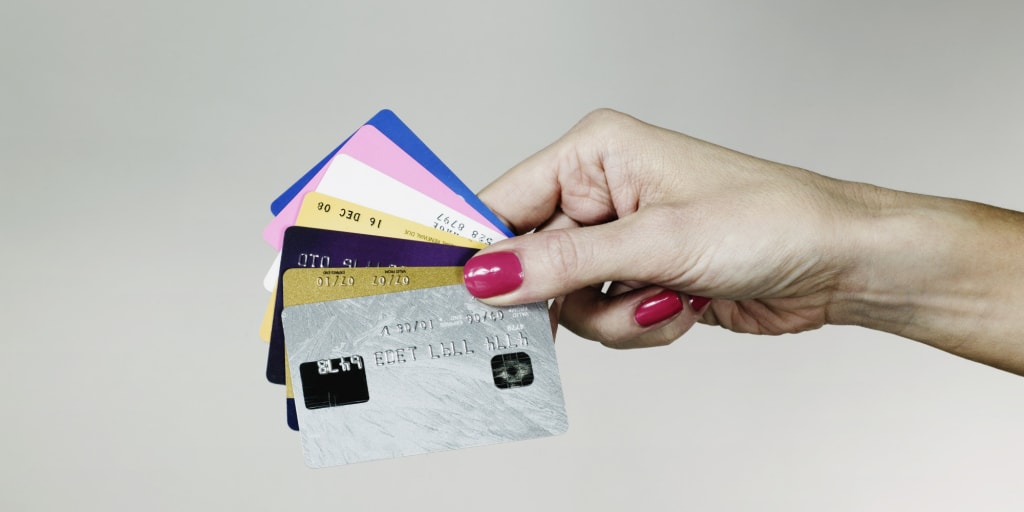
Most financial experts will tell you that credit cards aren't worth it.
They will tell you that credit cards are basically debt in your pocket, can make you spend more than you expected to spend, and also can just be majorly bad life decisions. If you aren't careful with spending, then this is absolutely true.
However, a wisely managed credit card can be one of the most powerful things in your wallet. The problem with credit cards is that most people either don't know how to use them or don't actually reap the benefits of having them.
It's important to look at a credit card as what it really is: a tool. Using a tool wisely will make your life easier and will also help you reach your goals. Using a tool poorly can hurt you.
The best way to use a credit card is to use the many credit card lifehacks out there to make your spending as profitable (or easy) as possible. Here are some of the best credit card lifehacks that can make your plastic one of the best tools in your wallet.
Use your card to buy day-to-day items, then pay off the entire balance at the end of the month...or the end of the week.

This is one of those credit card lifehacks that can really impact the way you spend money. Most of us have no problem spending with a debit card, but will shy away from credit cards due to the danger of credit card debt.
This is totally understandable; credit card debt is a leading cause for people to file bankruptcy. But, you can only really get in debt if you leave your credit card debt unchecked.
To keep yourself from feeling overwhelmed by the credit card "debt" you see when you spend every week, pay off the debt on a weekly basis. This, on a psychological level, makes it a lot less intimidating and also helps you become more conscious of your spending habits.
By paying off the entire balance at the end of the month, you don't have to deal with interest, which in turn means that you don't have to deal with debt. You're just using a different method of payment.
So, you're probably wondering why we're telling you to use your credit card to pay your day to day bills. This will be explained in a number of credit card lifehacks below...
Get cards that have rewards points you'd actually want to use.
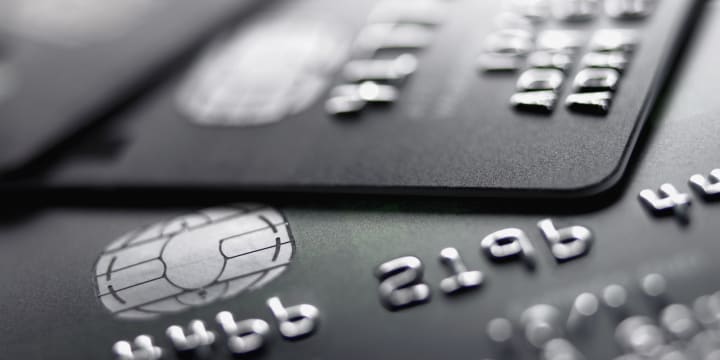
The most common credit card lifehacks all have to do with the practice of "churning." Churning is what finance fiends call the act of using credit cards with the sole purpose of racking up large amounts of rewards points, then using those points to a person's advantage.
When you use your credit card for daily expenses in the way that we mentioned previously, you can rack up a ton of rewards points without actually having to deal with interest rates.
The key to churning is to sign for credit cards that give great rewards that you actually use. For example, if you aren't a traveler, getting a card that offers airline miles is a foolish idea. Meanwhile, if you are constantly zipping from England to Shanghai, a travel card would be amazing.
To be more specific, NerdWallet did some math and showed that the average consumer would have to spend $8,600 per year on travel for a travel points card to be worth it. If you're not a traveler, then your best choice is another kind of rewards card.
There are a number of great rewards cards that you can get, including ones that offer free hotel stays, restaurant outings, cash back, and even discounts on major brands.
That being said, there are a couple of tips involving churning that you must know:
- Credit card lifehacks won't do much good if you don't pay attention to the fine print. With many credit card lifehacks, the devil is in the details. Many credit card rewards programs have expiration dates on points. Check to find out if the cards you want have expiration dates on points. If they do, you will need to keep track of when they expire to ensure you actually get what you earned.
- In many cases, one of the best programs you can get is cash back. We all love cash. Cashback rewards, if you earn enough, can actually let you pay your credit card bill at the end of the month. Ergo, those monthly fees might become negligible — especially if you don't have a balance at the end of the month.
- You don't need to have insanely good credit to get rewards. Many credit cards made for people with a score as low as 640 can still offer rewards points.
Research the non-point based perks of the cards you already have.
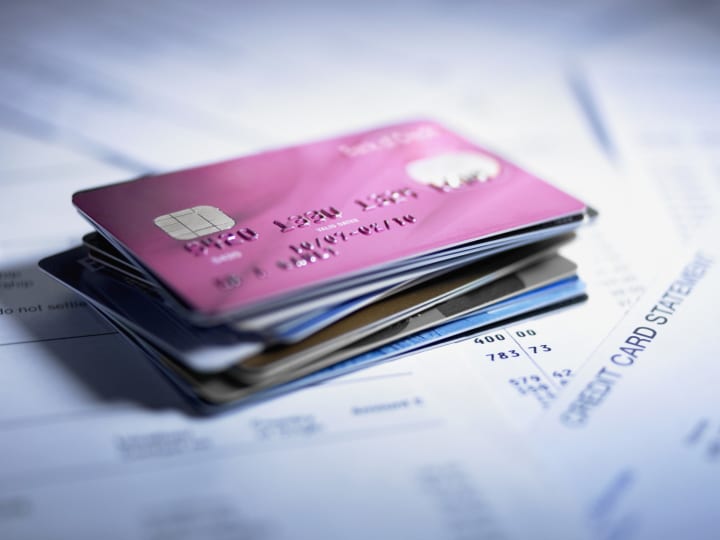
Almost all credit cards on the market tend to have non-point related perks that are accessible to credit card users. These perks are supposed to make you feel better about having a credit card, and keep you loyal to that credit card brand.
Depending on the credit card you have, the perks can be anything from roadside assistance, free credit reports, concierge service, and even free tailor services.
Those services are often grossly underused, which means that using them allows you to get the full potential of your card. Imagine being able to use your credit card's customized services to book a restaurant, get your clothes tailored, and also get roadside assistance in a pinch. With the right cards, you can do that all for free.
Use credit card shopping portals.

Credit card shopping portals are there for a reason. Credit card companies want to get people buying products from companies that have special deals with them. To sweeten the deal, card companies will either give better rewards points or give you good discounts.
Either way, it'll end with you either saving some money or just getting more rewards — which you can spend on whatever you need to spend them on. As long as you pay off the credit card balances at the end of the month, it's safe to say that you'll end up in a better financial position .
Want to get better deals with credit cards? Improve your credit score.

Your credit score can do a ton for you. This is why we're talking about credit card lifehacks that deal with your credit score.
It can improve your chances at getting a job, allow you to get a loan, and even give you a good shot at getting an apartment that you want. High credit scores are crucial if you want to get low interest rates on loans or even qualify for credit cards with better rates.
The best way to get better slices of everything in life, at least in terms of credit, is to learn how to dispute bad marks on your credit score. Here's how to do it...
- Get a copy of your credit report. This can be done by writing each credit bureau and requesting a credit report from them. Every person is entitled to at least one free credit report per year thanks to the Fair Credit Reporting Act.
- Read through your credit report to find bad marks. These marks might not actually belong on your credit report.
- If something seems off, highlight it. You're going to need to file a dispute with the credit reporting agencies by contacting them. It's up to the credit reporting agency to ensure that things are correct. If they can't do that, they have to remove the marks.
- If something seems correct, negotiate with creditors. More often than not, they'll agree to remove a bad mark if you agree to pay. They want their money, and if they promise it in writing, you will get the mark removed.
- Follow up. Never assume that the credit bureaus removed the mark from your score.
- Keep disputing things. As marks get removed, your credit score will improve. There's also a chance a mark may return. If it does, dispute it again.
Disputing errors can help you get a good credit report quickly, but it's no replacement for good finance sense.
That being said, it may also be a good idea to invest in credit repair agencies if you don't have the time to do so, or if you actually can't seem to get the mark wiped on your own. Many credit repair agencies actually have relationships with creditors, which means that they may be able to better negotiate on your behalf.
However, professional credit repair is a pricey service and generally isn't worth it unless you've gotten serious marks on your report.
If your card has monthly discount offers that rotate, then learn what they are - and make note of them via a sticky note in your wallet.

Using a single credit card for all your purchases for churning is fine, but if you would rather just snag discounts, then the best thing you can do is get multiple cards that have discounts on favorite stores and categories.
Of course, many rewards cards also offer rotating discounts on certain items as well. It can be hard to keep track of discounts, though, and that makes it tough to actually remember which card to use to get the most discounts.
One of the best credit card lifehacks I've heard of dealt with making note of what the monthly discounts actually were, and placing them in a note in your wallet. That way, you don't have to worry about paying with the wrong card — and you get to snag the monthly discounts every time.
Not a fan of taking sticky notes? A credit card app called Wallaby does similar stuff, if you're not a sticky note person.
Learn the billing cycles of your cart, and time your bigger purchases.

The most important credit card lifehacks you'll learn all deal with timing. In many cases, life throws us a curveball and we end up having to keep a balance for a short period of time for one reason or another.
If you have a massive purchase you want or need to carry a balance due to an unexpected cost, then you will need to learn to time your purchases to reduce the impact of interest.
If you take a look at your billing cycle, you'll notice that all of "last month's purchases" tend to be put between certain days. For example, you might have a card that puts all the purchases between May 2 and June 3. Your payment for all those purchases may end up being due in July.
If you're in need of a major purchase, then you would want to wait until June 4th to buy what you need to buy. This way, you have an extra month to pay everything off so that you don't incur interest.
This is one of those credit card hacks that should be used sparingly at best - unlike other credit card lifehacks on this list. Of course, the best way to deal with credit cards is to not keep a balance at all.
Don't immediately toss aside the idea of credit cards that charge annual fees.
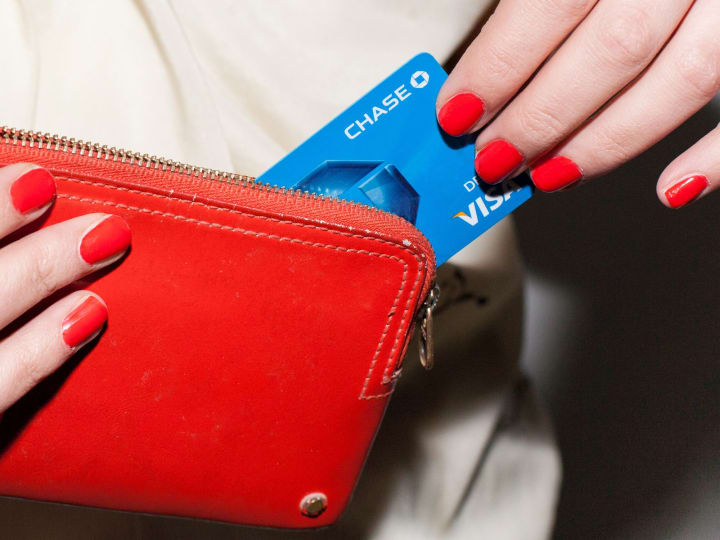
Though this isn't one of the credit card lifehacks, it's important to realize that you do occasionally have to pay for quality. If you do the math, there are a lot of credit cards that charge annual fees that are worth it.
For example, a card might charge an $85 annual fee, but it'll give you a $400 bonus. In this case, it's a clear win on your end because you'll get back more money than you'd spend.
Sometimes, it's also about what the card offers in terms of practicality. For example, if a credit card charges you a $100 annual fee, but offers concierge service, "date night discounts," travel insurance, and more, then it might be a good buy depending on your lifestyle.
On the other hand, a credit card that requires a $75 annual fee, but only offers credit monitoring, probably isn't worth it. After all, you can monitor your credit report for free.
Lower interest rates with credit cards by comparison shopping, then negotiating.

If you carry a balance, one of the best credit card lifehacks you can learn is how to lower your balance. This trick works best on a credit card you've had for years.
Credit card companies are really desperate to keep clients, so the longer you've stayed with them, the more they'll want to retain you as a customer. Use this to your advantage.
You probably know that you get credit card offers in the mail, often replete with awesome perks and a fake credit card to give you the feeling of something major inside. Take a look at the introductory interest rate, and then call up the credit card company.
Tell them that you have been a loyal user for years, and that you recently got an offer that beats their interest rate or point system. Then, tell them that you want to stay loyal to your card, but would want to get a lower rate. Sometimes, they will reduce the interest rate by as much as .5 percent.
You can also ask credit card issuers to raise your credit limit, which in turn can improve your credit score considerably.
Not all representatives will actually do this for you, even if you're nice with them. Even if they don't, it's worth trying at least twice a year. Just don't overdo it, as creditors can catch on.
Don't hesitate to ask for your annual fee to be waived.

Remember when we mentioned that credit card companies really want to keep customers? Use that to your advantage. Telling your credit card company that you'd like to have your annual fee waived is one of the credit card lifehacks that can be a good way to reduce costs.
Much like with the prior tip, this might not always work — and much of it depends on your credit card use, your history with that card company, and even the demeanor of the customer service personnel. Even so, it's worth a shot and can save you $100 dollars a year.
Keep an eye out for special credit card offers in your email.

Credit card companies love it when you spend, spend, spend. That means that they will do whatever they can to try and encourage you to spend — including insane discounts via email, your credit card account dashboard, or regular mail.
Most of the offers only really pertain to a select few people, but that's not to say you should disregard them entirely. Some of those offers might actually be worth it for you, especially if you regularly book hotel rooms or restaurant nights elsewhere.
This is one of those credit card lifehacks that seems obvious, but often isn't. If you're looking to book a trip or a vacation somewhere, look at what offers your card has for local hotels. You might get a deeper discount through your card than on Hotwire.
Get approved for credit cards you'd normally get rejected for.

Let's say that your credit score isn't really good enough to score a high quality credit card quite yet. You might want the "it card" of the year, but without a good score, you will probably get automatically trashed.
There are credit card lifehacks for this — really!
This is one of those times when you call up their customer service representatives and ask them to reconsider the rejection. Most credit card companies will allow their reps to manually accept people into the system.
Ta da, new shiny card!
About the Creator
Ossiana Tepfenhart
Ossiana Tepfenhart is a writer based out of New Jersey. This is her work account. She loves gifts and tips, so if you like something, tip her!


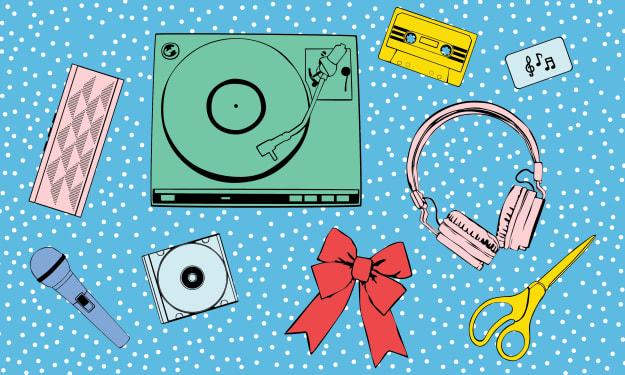



Comments
There are no comments for this story
Be the first to respond and start the conversation.